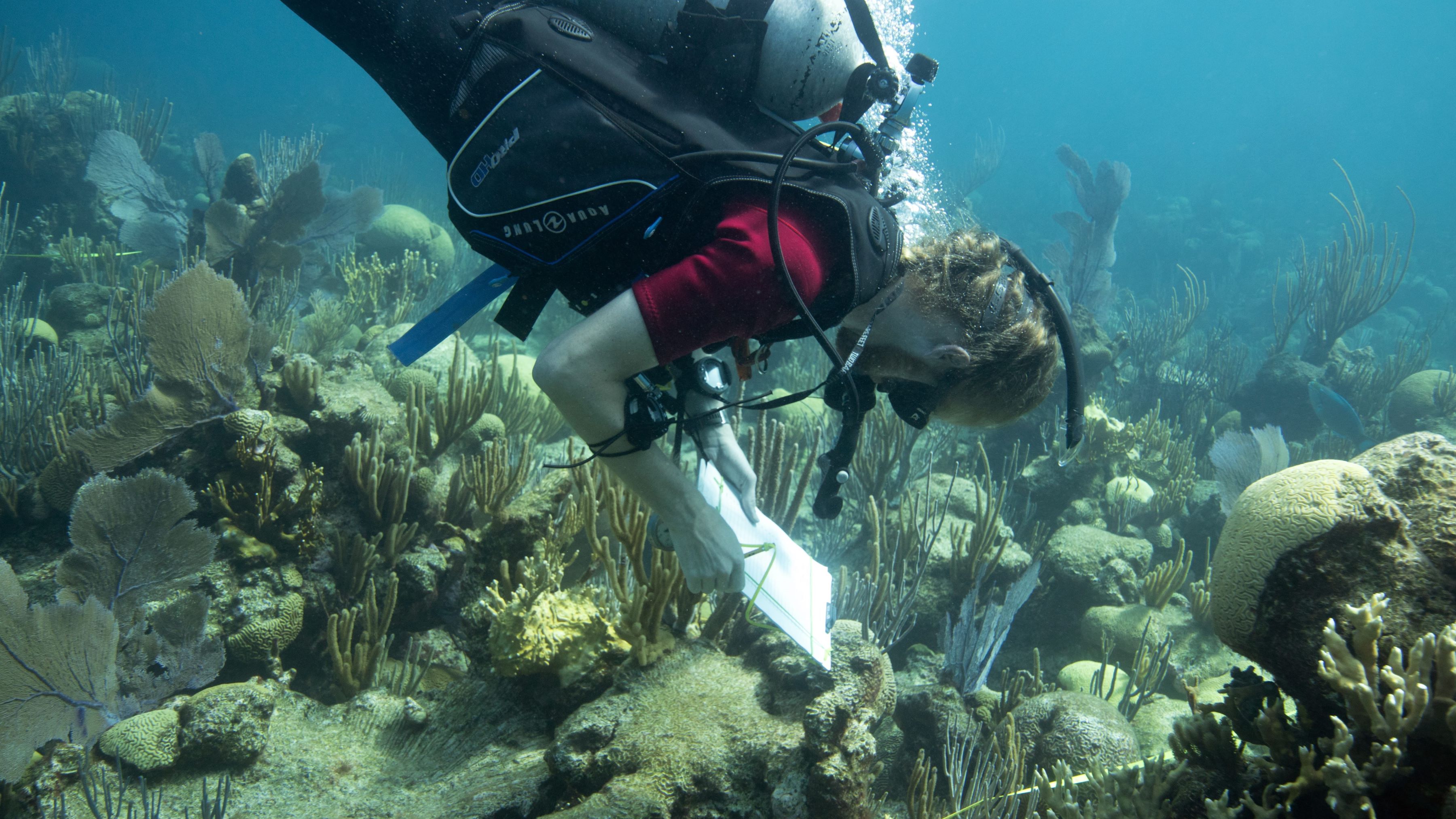Once a year, a peculiar, polished slab of rock is hauled down from its home on a windowsill near the 1A lab and propped up on the lawn against a row of knees for the annual Sedgwick Club photo. The slab, with its striking black and white circular patterns, has featured in most annual photos in the past 60 years.
Continue reading “The origins of our orbicular granite”History and future of stone use in Cambridge
The time sequence of building stone use in Cambridge shows the competing influences of function, fashion and finance in the city’s historic fabric. Now natural stone is poised for a resurgence because of its strength, durability and low embodied carbon.
Continue reading “History and future of stone use in Cambridge”In Conversation with Marie Edmonds
Marie Edmonds, Professor of Volcanology and Petrology, was both an undergraduate and postgraduate in Cambridge from 1994-2001 and has been a lecturer in the Department of Earth Sciences since 2006. Marie reflects on her career and new role as Head of Department with Erin Martin-Jones.
Continue reading “In Conversation with Marie Edmonds”Listening in on the pulse of a mantle plume: IMPULSE Expedition 2024
Last summer, Cambridge PhD students Callum Pearman, Aisling Dunn and Philippa Slay joined an international scientific cruise to take the pulse of the Iceland mantle plume. Callum describes the science behind the expedition in the blog post below.
Continue reading “Listening in on the pulse of a mantle plume: IMPULSE Expedition 2024 “Unlocking the carbon-capture potential of kelp forests
Cambridge Earth Sciences PhD student Zhenna Azimrayat Andrews visited the Ocean Rainforest Inc.’s (ORI) pilot kelp farm, off the California coast, last summer. The results Zhenna gathered alongside an international team will help her construct model simulations of carbon capture using kelp farms. Zhenna reports on her fieldwork here.
Continue reading “Unlocking the carbon-capture potential of kelp forests”Exploring water flow paths in Nepal
Sitting on the ridge top, looking over the expanse of rice paddies dotted with villages, and views down the valley for miles, it’s easy to be captivated by the rural landscape of Nepal.
We’d come to the Melamchi Valley, a few hours outside Kathmandu, to continue fieldwork exploring spring flow paths and their implications for silicate weathering and carbon drawdown in the Himalayas. Our team included us (Zara and Gio, Part III students), trip leader Ed Tipper, PhD student (now successful Dr) Al Knight and two university students from Kathmandu.
Continue reading “Exploring water flow paths in Nepal”From magma to magnets: a summer of fieldwork in Greenland investigating critical metal behaviour in alkaline intrusions
This summer Carrie Soderman, Owen Weller and Charlie Beard headed to Greenland to investigate how metals critical for green technologies form.
Rare earth elements (REEs) are classed as ‘critical metals’ in modern society, meaning a group of metals and minerals that cannot be easily substituted in technology but whose supply is at risk. In particular, the REEs are a vital part of green energy transition technologies, such as the magnets that go inside motors for wind turbines and electric vehicles. Demand for these elements is therefore expected to increase rapidly in the coming decades.
Continue reading “From magma to magnets: a summer of fieldwork in Greenland investigating critical metal behaviour in alkaline intrusions”Speaking the language of coral: using machine learning to predict future distributions of reefs
It’s hard to move these days for the number of AI-powered chatbots: including the now-ubiquitous ChatGPT. The possibilities are endless, from replying to emails to looking for recipe inspiration to end your four-day pasta streak. But the algorithms underpinning these bots can also classify information. Take a movie review, for instance: ChatGPT can distinguish between positive or negative feedback.
In my PhD research, I’m using the same algorithmic architecture that underpins these bots—also known as large language models, or LLMs—to classify decades of environmental data. Specifically, I’m asking: given historic and forecasted physical conditions in the ocean, which locations would get a positive review for their long-term ability to support coral and other reef-building organisms?
Continue reading “Speaking the language of coral: using machine learning to predict future distributions of reefs”








